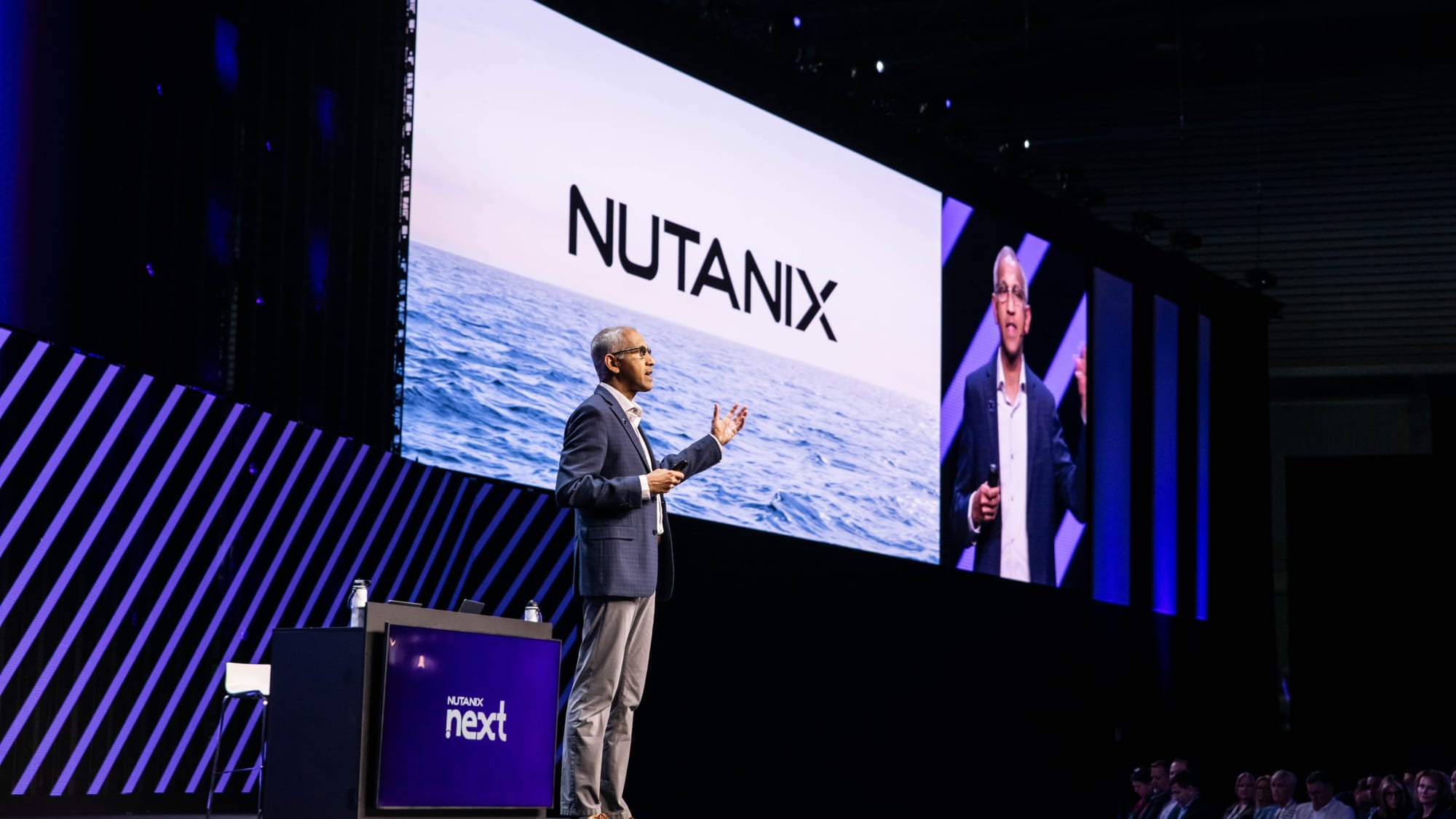Andrew Phan, the CIO of Las Vegas casino and resort Treasure Island, has shifted its critical IT infrastructure to Nutanix after VMware prices soared.
“We made the decision to move all of our workloads, including our mission-critical 24x7 environment, entirely to Nutanix when we learned our existing hypervisor pricing would more than double,” said Phan.
“Moving to Nutanix was one of the fastest and smoothest migrations we’ve ever had,” he added – a tidy quote for Nutanix’s PR team to be wielding as it continues to pick up disgruntled VMware customers.
(Casino and hotel complexes are big users of “traditional” hypervisors across their IT stacks; not least because some state-level requirements do not let casino data move outside the state. See MGM’s recently ransomed-at-scale ESXi environment for one uncomfortable example.)
Nutanix, which has grown from 200 customers to 25,000 customers over the past decade, hitting $1.74 billion in ARR in February 2024, cited Chan’s migration as it began its annual conference in Barcelona.
What’s new from Nutanix NEXT 2024?
Announcing several notable updates at its NEXT event (The Stack is on the ground), Nutanix unveiled plans to expand the reach of its Nutanix AHV enterprise hypervisor stack “to compute-only servers beyond traditional hyperconverged servers” – CEO Rajiv Ramaswami telling The Stack in an interview in Barcelona that it was working aggressively to allow swift migrations onto its AHV hypervisor et al from rivals like VMware; even if customers were not at the cusp of a typical hardware refresh cycle.
That’s starting with ongoing work to certify Cisco UCS blade servers; a move that will “enable enterprises to repurpose existing deployed servers, including blade servers, to run the Nutanix AHV hypervisor” – Nutanix will also “expand the ability to run AHV on a broad set of existing and new server configurations working with OEM partners over time, as part of the Nutanix Elevate Program,” the company further promised.
Ramaswami told The Stack that the VMware acquisition was “creating a lot of concern among customers. From a risk perspective, now they're looking to say, ‘okay, I want to migrate out faster [but] I've got my existing hardware investments that are not quite ready to get rid of yet…’ That's putting the onus on [us to] go support these extended configurations.”
Nutanix’s CEO added: “That's on the server side.
“The same thing goes on the storage side. Many customers have existing storage deployments and they asked, ‘well, can I reuse your hypervisor along with my storage?’ And the answer until now has been ‘no’.”
That’s about to change, he said.
In a coup for the company, it is now working closely with former VMware owner Dell to ensure its AHV hypervisor supports Dell PowerFlex software-defined storage, which is widely used with VMware’s ESXi.
“That's in development; it is not available yet” Nutanix’s CEO clarified. (It will be sold and certified by Dell.)
“You'll see the UCS blade server come out in the next couple of months,” he added. “You will see the Dell appliance come out in the next month or two. So some are ‘in a minute’, some [support for] third party storage arrays is going to be longer term. But it's a statement of direction.”
Nutanix Kubernetes Platform
Also new from the company is: Nutanix Kubernetes Platform (NKP). That’s a three-tier offering central to Nutanix’s efforts to pivot from being a pure-play infrastructure provider to an integrated Platform-as-a-Service (PaaS) provider for those wanting to run portable enterprise applications.
Nutanix is promising the ability to “manage Kubernetes applications and their data as well as the modern data services available natively in public clouds, on-premises, at the edge, and even other hypervisors” (all built on “pure” upstream OSS, Nutanix said, e.g. “CNCF-conformant Kubernetes”).
As Ramaswami puts it: “What's new with NKP are, I would say largely two things. One is the ability to orchestrate all the other pieces of the puzzle you need to get a Kubernetes environment going. So you need, in addition to the base Kubernetes, you need load balancers, you need roles-based access control, you need a networking stack… there are open source components available for all of these things, but they have to be stitched together and put together. We automate all of that.”
“That’s number one; number two, is providing visibility and management of clusters in a consistent way wherever the clusters are running.
“Your clusters might be running on Amazon or Azure or on-prem, or on the Edge. With NKP, you get a consistent single pane of glass through which you can manage all those clusters. We now have three components of this modern app platform, right? NKP was one; data services at the storage level, and then the PaaS. We don't say all three have to be together, right? You can mix and match; you can use OpenShift, along with our PaaS or data services, for example. Our whole philosophy is around providing choice and flexibility at every level.”
When it comes to migrating off VMware environments, he added, recent case studies had been a mixed bag: “It depends on their usage of the stack; how locked in are they and how much proprietary work have they done on top of the stack? If they're just using a VMware hypervisor, then we can just migrate using automated tools that we have. Then we also have to look at the third party applications that they're running and make sure they are certified on our hypervisor. Overtime we’ve certified more and more of these applications; we can probably do 80% of use cases.
“Maybe there's 10 or 20% of stuff that [isn’t] certified, but will work! Those we have to work on getting certified. Then if they've done more complex internal usage of the VMware stack, then it requires more work, it requires professional services to go to some of the engagement.”









